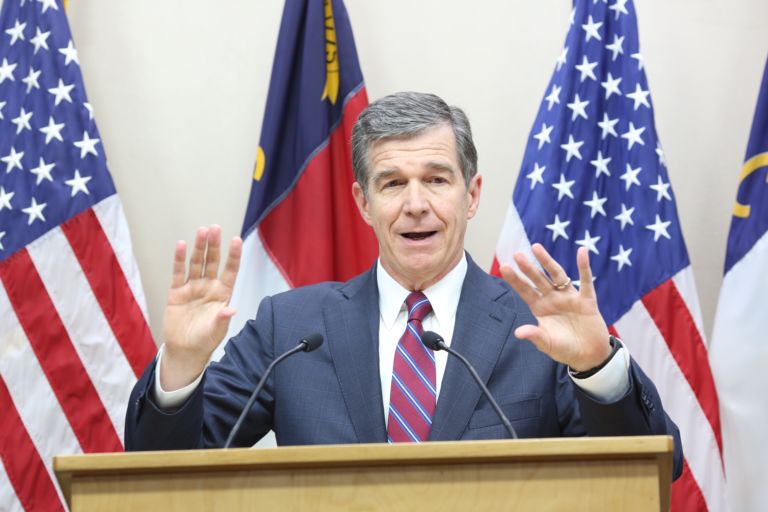Jonathan Butcher writes for the Federalist about the value of one school choice innovation.
[Kelly Pichitino] became fed up with the strike and applied for an education savings account. With such an account, state officials deposited a portion of her child’s education spending in an account that Pichitino could manage and use to buy education products and services for her son. According to her, the account was “life-changing” and “opened up customized education and therapies” that she could purchase and use in their home. …
… The Pichitinos are one of nearly 12,000 Arizona families using the accounts today. And this number is likely to increase now that the state’s Republican governor, Doug Ducey, has signed legislation that makes every Arizonan child eligible for an education savings account.
“With this legislation, Arizona cements itself as the top state for school choice,” Ducey said in early July. “Today, we’re unlocking a whole new world of opportunity.”
Yet the same special-interest groups behind the RedforEd strikes that changed Pichitino’s mind about assigned schools are leading an effort to put the locks back on education. SOS Arizona, a teacher union-backed interest group, is trying to gather enough signatures to stop the expansion.
The union and their allies have a short list of alternatives to the accounts—namely, more money for public schools — and an even shorter list of political tactics.
Much to their dismay, their past opposition to parents’ involvement in their children’s education resulted in creating additional learning options. More than a decade ago, a union-backed lawsuit against K-12 private school scholarships in Arizona led the Goldwater Institute, an Arizona-based research institute, and the civil litigation firm the Institute for Justice (IJ) to create education savings accounts. The union argued the scholarships could only be used at private schools, limiting how parents could use the vouchers and violating state constitutional provisions.


